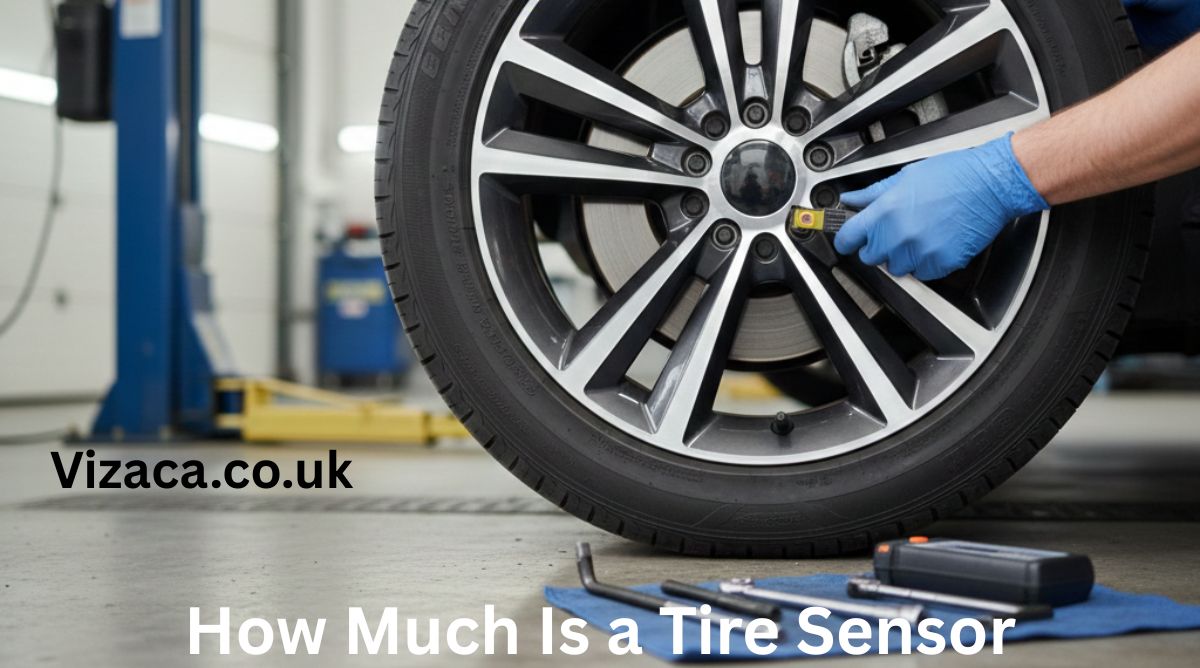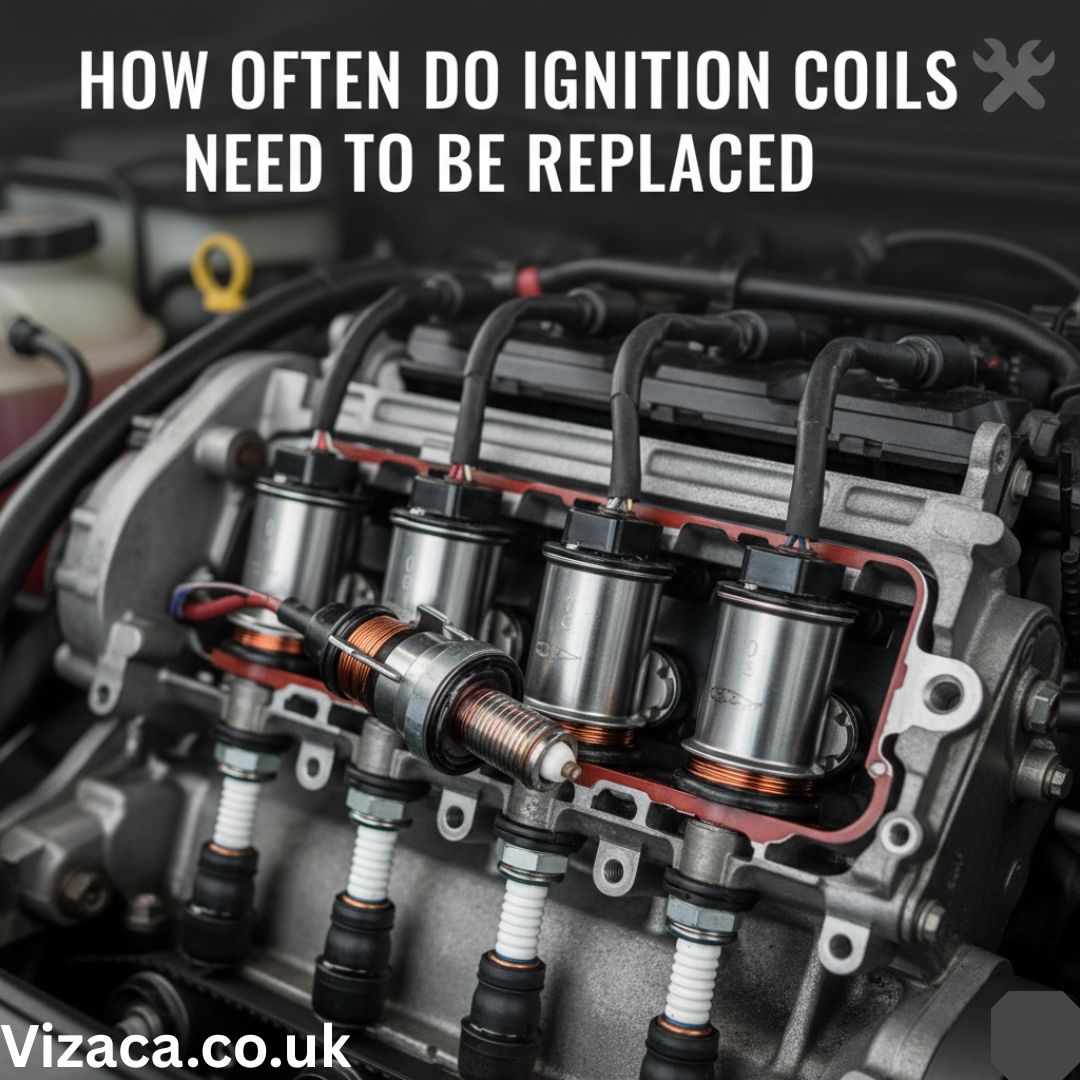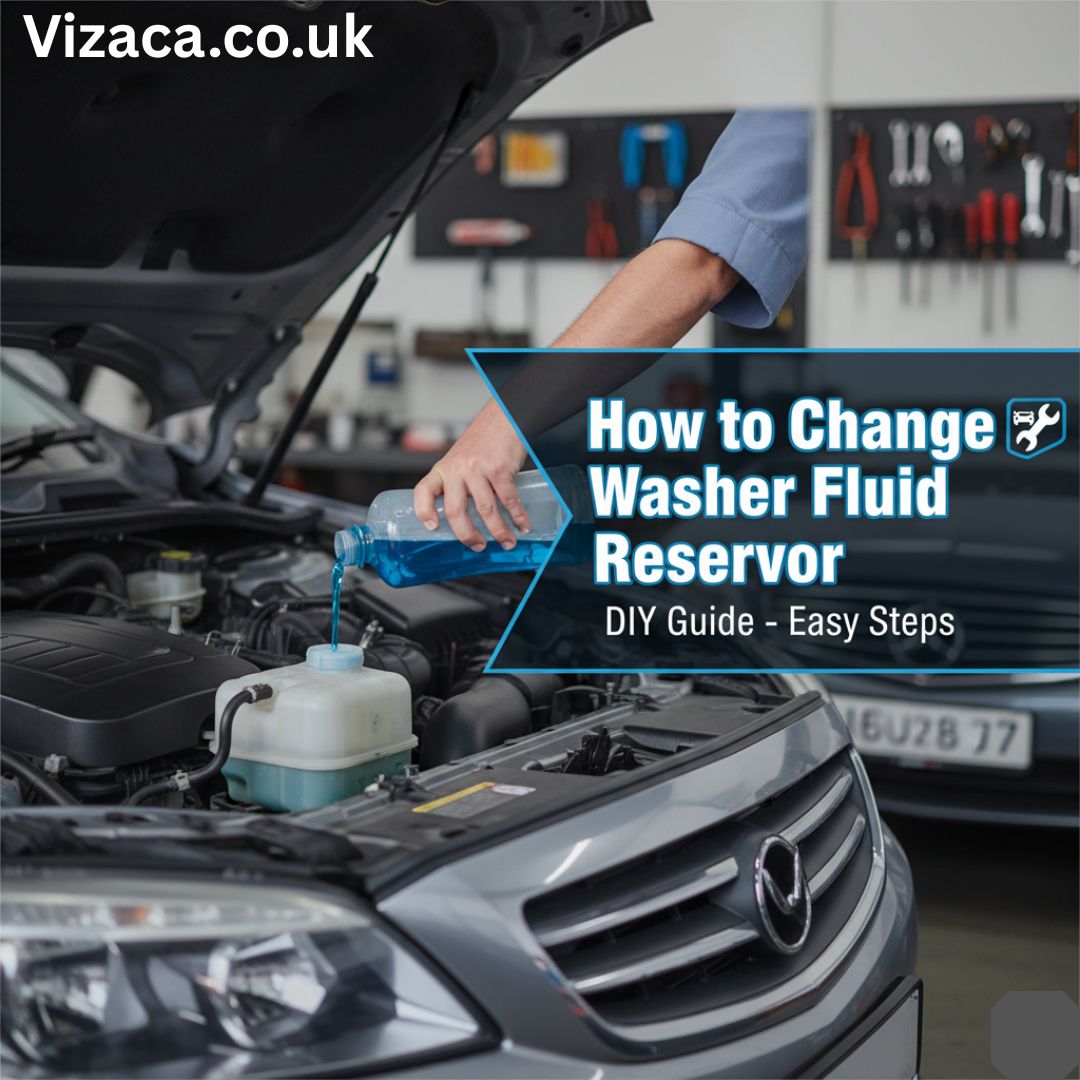The 5.3 Vortec motor is a powerful and reliable engine commonly found in Chevrolet and GMC trucks and SUVs. While it’s a durable engine, over time, components like the water pump can wear out or need upgrading to improve cooling performance. The water pump is a critical part of the cooling system, helping to circulate coolant through the engine and radiator to maintain optimal operating temperatures. In this blog, we’ll discuss how to upgrade the water pump on a 5.3 Vortec motor and provide a step-by-step guide to ensure the process goes smoothly.
Why Upgrade the Water Pump?
Signs of a Failing Water Pump
Before diving into the upgrade process, it’s essential to recognize the signs that your water pump might be failing or underperforming:
- Coolant leaks: One of the most obvious signs of a failing water pump is coolant leaking from the front of the engine, where the water pump is located.
- Engine overheating: A malfunctioning water pump can’t circulate coolant effectively, leading to engine overheating.
- Grinding or whining noises: A worn-out water pump may produce unusual noises, especially from the pulley or belt area.
- Coolant contamination: Rusty or dirty coolant is another indication that the water pump may need to be replaced or upgraded.
Benefits of Upgrading the Water Pump
Upgrading to a high-performance water pump offers several advantages for the 5.3 Vortec motor:
- Improved cooling efficiency: A better water pump can circulate more coolant, helping to reduce engine temperatures, especially under heavy loads or extreme conditions.
- Enhanced durability: Aftermarket water pumps are often made from stronger materials that resist corrosion and wear, lasting longer than stock pumps.
- Increased horsepower potential: Keeping the engine cooler can help improve performance and protect against heat-related damage.
- Compatibility with other performance upgrades: If you’ve added other upgrades, such as a turbocharger or supercharger, a high-performance water pump can help manage the additional heat those upgrades generate.
Now that we’ve discussed why upgrading the water pump is a good idea, let’s go over the step-by-step process of replacing and upgrading it.
Tools and Materials Needed
Before starting the upgrade, gather all the necessary tools and materials:
- New high-performance water pump compatible with the 5.3 Vortec motor.
- Coolant (typically Dex-Cool or the recommended type for your vehicle).
- Gasket for the new water pump.
- Torque wrench.
- Ratchet and socket set.
- Flathead screwdriver.
- Drain pan for coolant.
- RTV silicone sealant (optional, for extra sealing).
- Pliers (for hose clamps).
- Gloves and safety goggles.
Step 1: Drain the Coolant
Park the Vehicle on a Flat Surface
Start by parking your vehicle on a flat, level surface. Ensure the engine is cool before beginning work, as hot coolant can cause burns. Also, disconnect the negative battery terminal to prevent any electrical mishaps while working.
Locate and Open the Radiator Drain Plug
Place the drain pan under the radiator, and locate the drain plug at the bottom of the radiator. Using pliers or your hands, carefully loosen the drain plug to allow the coolant to drain into the pan. Once it’s fully drained, tighten the plug back in place.
Step 2: Remove the Serpentine Belt
Locate the Belt Tensioner
The serpentine belt powers the water pump, along with several other components. To remove the belt, locate the belt tensioner and use a ratchet to relieve tension by turning the tensioner in the appropriate direction.
Remove the Serpentine Belt
With the tension relieved, slide the serpentine belt off the pulleys. Make a note or take a picture of how the belt is routed for when it’s time to reinstall it.
Step 3: Remove the Water Pump
Disconnect the Hoses
Using pliers, loosen the clamps on the hoses connected to the water pump and slide them off. Expect some coolant to spill, so have your drain pan ready.
Unbolt the Water Pump
The water pump is typically held in place by a series of bolts. Using your ratchet and socket set, carefully remove these bolts. Keep track of where each bolt came from, as they may vary in length.
Remove the Old Water Pump
Once the bolts are removed, gently pull the water pump away from the engine block. Be cautious, as there may still be some coolant left in the pump. Remove any remaining gasket material from the mounting surface on the engine.
Step 4: Install the New Water Pump
Apply Gasket and Sealant (if needed)
Before installing the new water pump, fit the new gasket to the pump. If your gasket requires sealant, apply a thin layer of RTV silicone to both sides of the gasket to ensure a secure fit. Some aftermarket water pumps come with rubber gaskets that don’t require additional sealant.
Position the New Water Pump
Carefully place the new water pump onto the engine block, ensuring the gasket is properly aligned with the mounting holes.
Bolt the Water Pump in Place
Using your ratchet, thread the bolts back into place, making sure they are tightened evenly. Once the bolts are hand-tight, use a torque wrench to tighten them to the manufacturer’s specified torque. For a 5.3 Vortec engine, the torque specification for the water pump bolts is typically between 22-30 ft-lbs, but always refer to your vehicle’s manual for exact specs.
Step 5: Reconnect the Hoses
Attach the Upper and Lower Hoses
Reconnect the hoses to the new water pump, securing them with the hose clamps. Ensure they are properly tightened to prevent future leaks.
Step 6: Reinstall the Serpentine Belt
Route the Belt
Using the picture or diagram you took earlier, route the serpentine belt back around the pulleys. Use the belt tensioner to create slack, allowing you to slip the belt back onto the water pump pulley. Once in place, release the tensioner and check that the belt is seated correctly on all pulleys.
Step 7: Refill the Coolant
Add Coolant to the Radiator
With the new water pump installed, it’s time to refill the cooling system. Using a funnel, pour the recommended type of coolant (typically Dex-Cool) into the radiator until it’s full. You may also need to top off the overflow tank.
Bleed the Cooling System
To remove any air pockets from the cooling system, start the engine and let it run for a few minutes with the radiator cap off. As the engine warms up, air bubbles should rise to the top. Once you stop seeing bubbles, you can replace the radiator cap.
Step 8: Test the New Water Pump
Check for Leaks
Before taking your vehicle for a test drive, inspect the area around the new water pump for any signs of leaks. If you see coolant seeping from the gasket or hose connections, tighten the clamps or bolts accordingly.
Monitor Engine Temperature
During your test drive, keep an eye on the engine temperature gauge to ensure the new water pump is working properly. The temperature should remain stable, and you shouldn’t notice any signs of overheating.
Additional Tips
Replace the Thermostat
While upgrading the water pump, it’s a good idea to replace the thermostat as well. A malfunctioning thermostat can also cause overheating issues, and replacing it during the water pump upgrade ensures your entire cooling system is operating optimally.
Use Quality Parts
When upgrading the water pump, always choose a high-quality aftermarket or OEM replacement. Cheaper water pumps may not provide the same level of performance or durability, especially under extreme conditions or when paired with other engine upgrades.
Perform Regular Maintenance
To prolong the life of your upgraded water pump and cooling system, be sure to perform regular maintenance. This includes flushing and refilling the coolant system as recommended by your vehicle’s manufacturer, and inspecting hoses and belts for signs of wear.
Conclusion
Upgrading the water pump on your 5.3 Vortec motor is a relatively straightforward process that can significantly enhance cooling performance, increase engine longevity, and prevent overheating. By following this step-by-step guide, you can confidently tackle this project and ensure your engine stays cool and performs at its best. Whether you’re preparing for heavy-duty use or simply maintaining your vehicle, upgrading your water pump is a smart investment in your engine’s health and performance.










